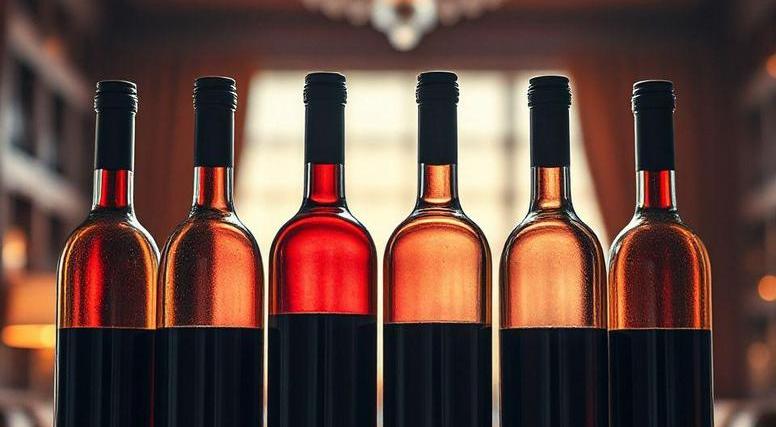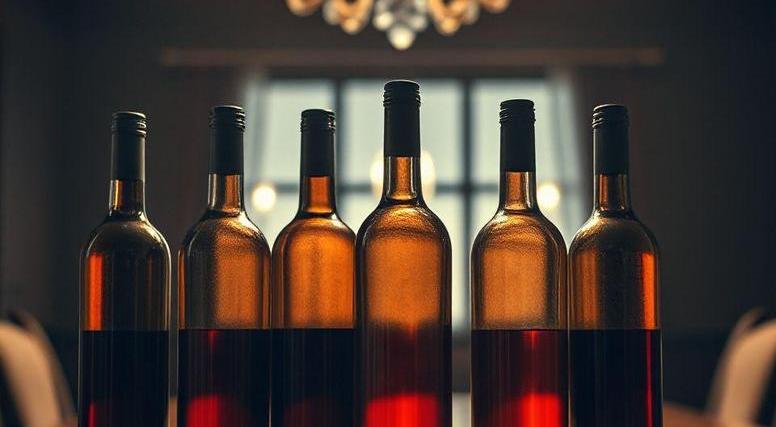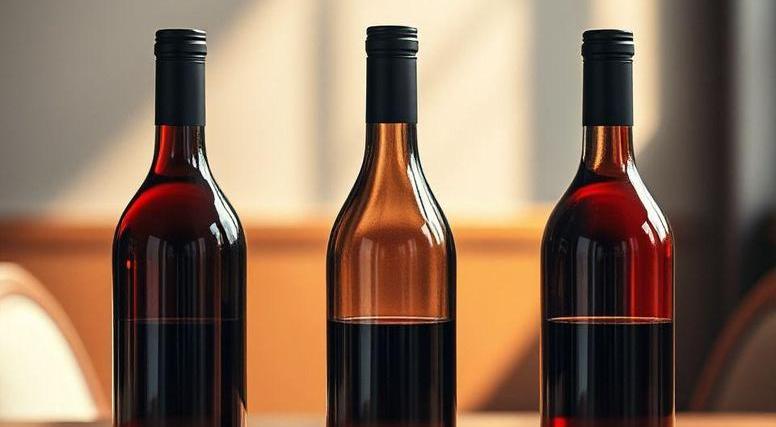- You are here:
- Home »
- Wine By Type
Category Archives for Wine By Type

Sorrel Wine : History, Flavors, Pairings & More
Sorrel wine, a time-honored Caribbean beverage, embodies the vibrant flavors and rich cultural heritage of the islands. Made from the deep red calyxes of the sorrel plant, also known as hibiscus, this refreshing drink is celebrated for its tart and tangy profile, often enhanced with a medley of spices like cinnamon, cloves, and ginger. Popular […]
Continue reading
Vignoles Wine : History, Flavors, Pairings & More
Vignoles wine, a gem in the world of viticulture, often escapes the spotlight reserved for more renowned varietals. Originating as a hybrid grape developed in the early 20th century, Vignoles has carved out a niche for itself with its exceptional adaptability and vibrant flavor profile. This guide aims to illuminate the unique qualities of Vignoles […]
Continue reading
Strawberry Wine : History, Flavors, Pairings & More
Welcome to the world of strawberry wine, where the sweet, sun-kissed essence of summer is captured in every sip. This guide is your gateway to exploring one of the most delightful and versatile fruit wines available. Strawberry wine, with its vibrant color and refreshing taste, offers a unique twist on traditional winemaking that highlights the […]
Continue reading
Prickly Pear Wine : History, Flavors, Pairings & More
In the vibrant world of artisanal wines, prickly pear wine stands out as a unique and exotic offering that has captivated the palates of adventurous wine enthusiasts. Derived from the colorful and flavorful prickly pear cactus, this wine is a testament to the versatility and creativity of winemaking beyond traditional grape varieties. Its striking hues […]
Continue reading
Symphony Wine : History, Flavors, Pairings & More
Welcome to the Symphony Wine Guide, your ultimate resource for navigating the rich and diverse world of wine with confidence and flair. Whether you’re a seasoned connoisseur or just beginning your journey into the vineyard, this guide is designed to elevate your wine experience. We delve into the nuances of flavor profiles, the artistry of […]
Continue reading
Plum Wine : History, Flavors, Pairings & More
Plum wine, or umeshu, is a delightful and often underrated gem in the world of alcoholic beverages. Originating from Japan, this sweet and aromatic liqueur is crafted by steeping ume plums in alcohol, typically shochu or a neutral spirit, and sweetening the infusion with sugar. Its complex flavor profile, which balances tartness with rich, honeyed […]
Continue reading
Blueberry Wine : History, Flavors, Pairings & More
Blueberry wine, a captivating and unique beverage, is quickly gaining recognition in the world of artisanal wines. This guide explores the delightful journey of crafting blueberry wine from its fruity origins to the final, elegantly bottled product. Unlike traditional grape wines, blueberry wine offers a distinct flavor profile that is both sweet and tart, with […]
Continue reading
Garnacha Wine : History, Flavors, Pairings & More
Garnacha, also known as Grenache, is a red wine varietal celebrated for its vibrant character and versatility. Originating in Spain, this grape has spread its roots across various wine regions worldwide, adapting to diverse climates and soils to produce an array of expressive wines. From the sun-drenched vineyards of Rioja to the rolling hills of […]
Continue reading
Black Muscat Wine : History, Flavors, Pairings & More
Black Muscat wine, a gem of the vinous world, often stands out for its bold, aromatic profile and rich, luscious character. Known for its deep, inky color and powerful bouquet of exotic fruits, spices, and floral notes, this varietal offers a sensory experience unlike any other. As a lesser-known but captivating member of the Muscat […]
Continue reading
Friulano Wine : History, Flavors, Pairings & More
Nestled in the northeastern corner of Italy, the Friuli Venezia Giulia region is a hidden gem for wine enthusiasts, renowned for its diverse and high-quality wine offerings. Among the region’s impressive array of varietals, Friulano stands out as a quintessential expression of Friuli’s winemaking heritage. Once known as Tocai Friulano, this elegant white wine showcases […]
Continue reading